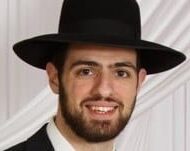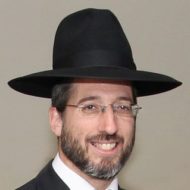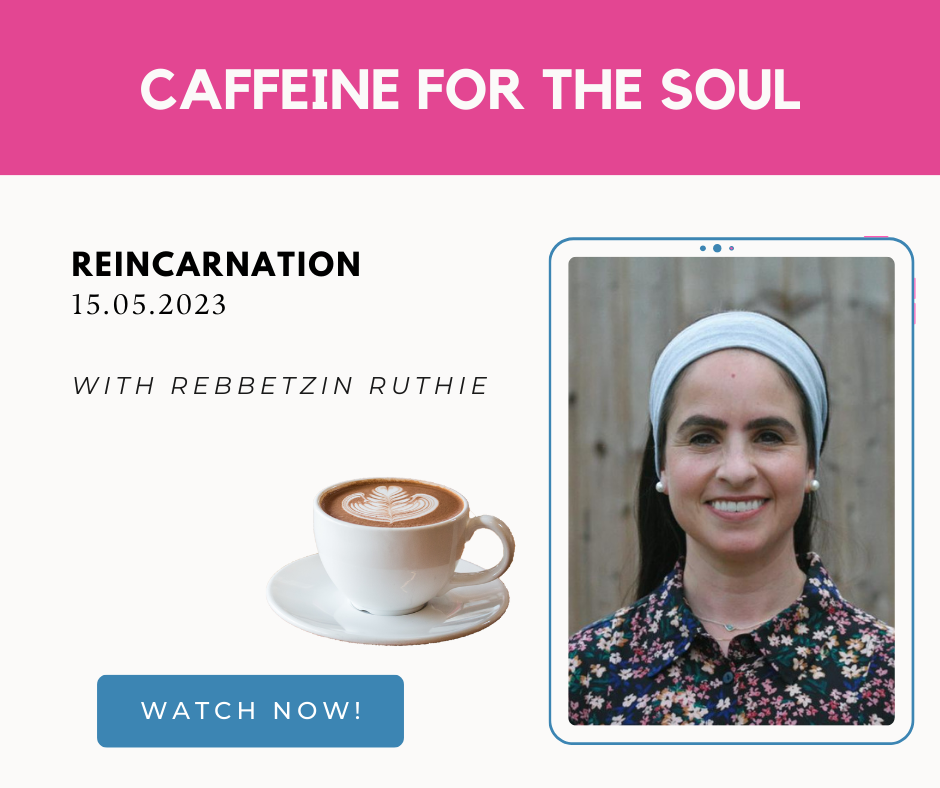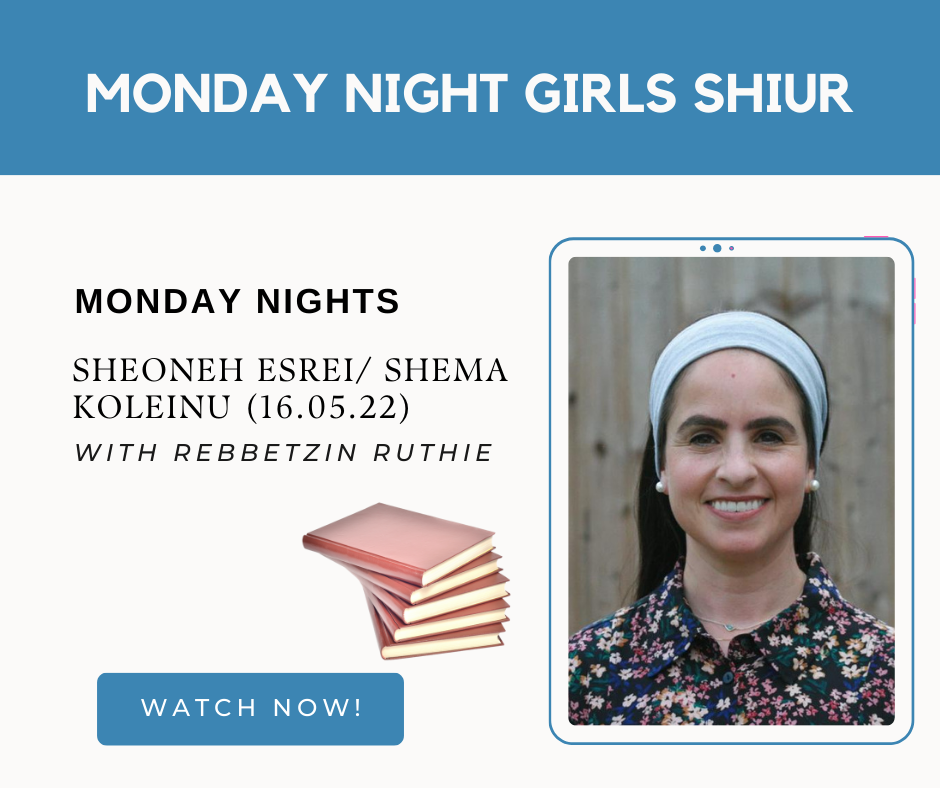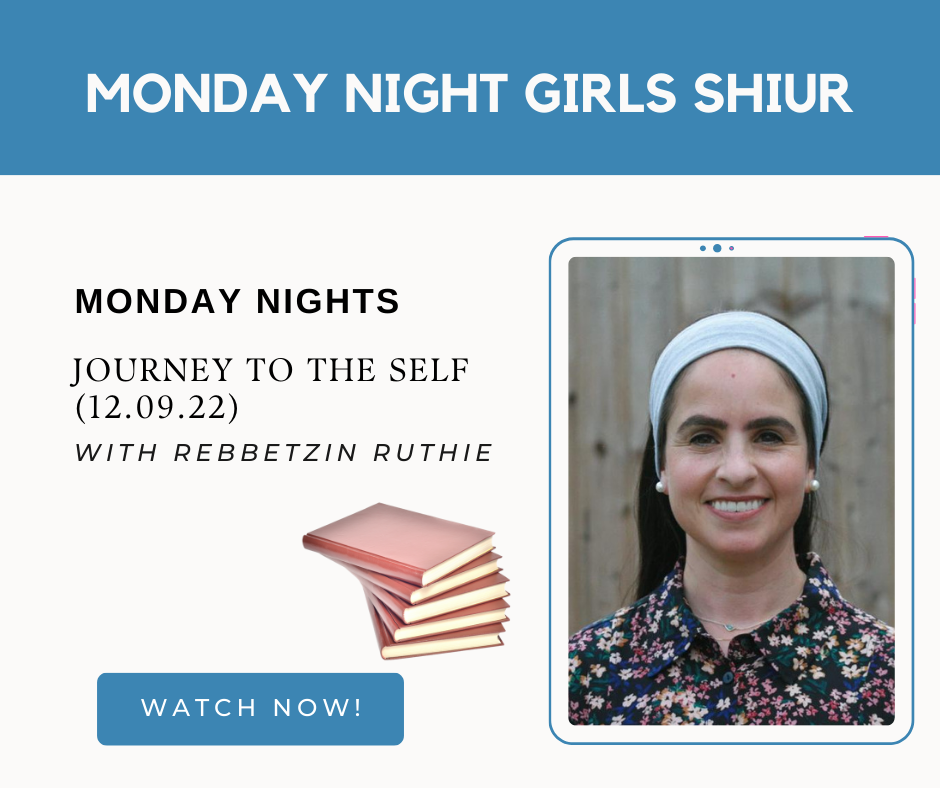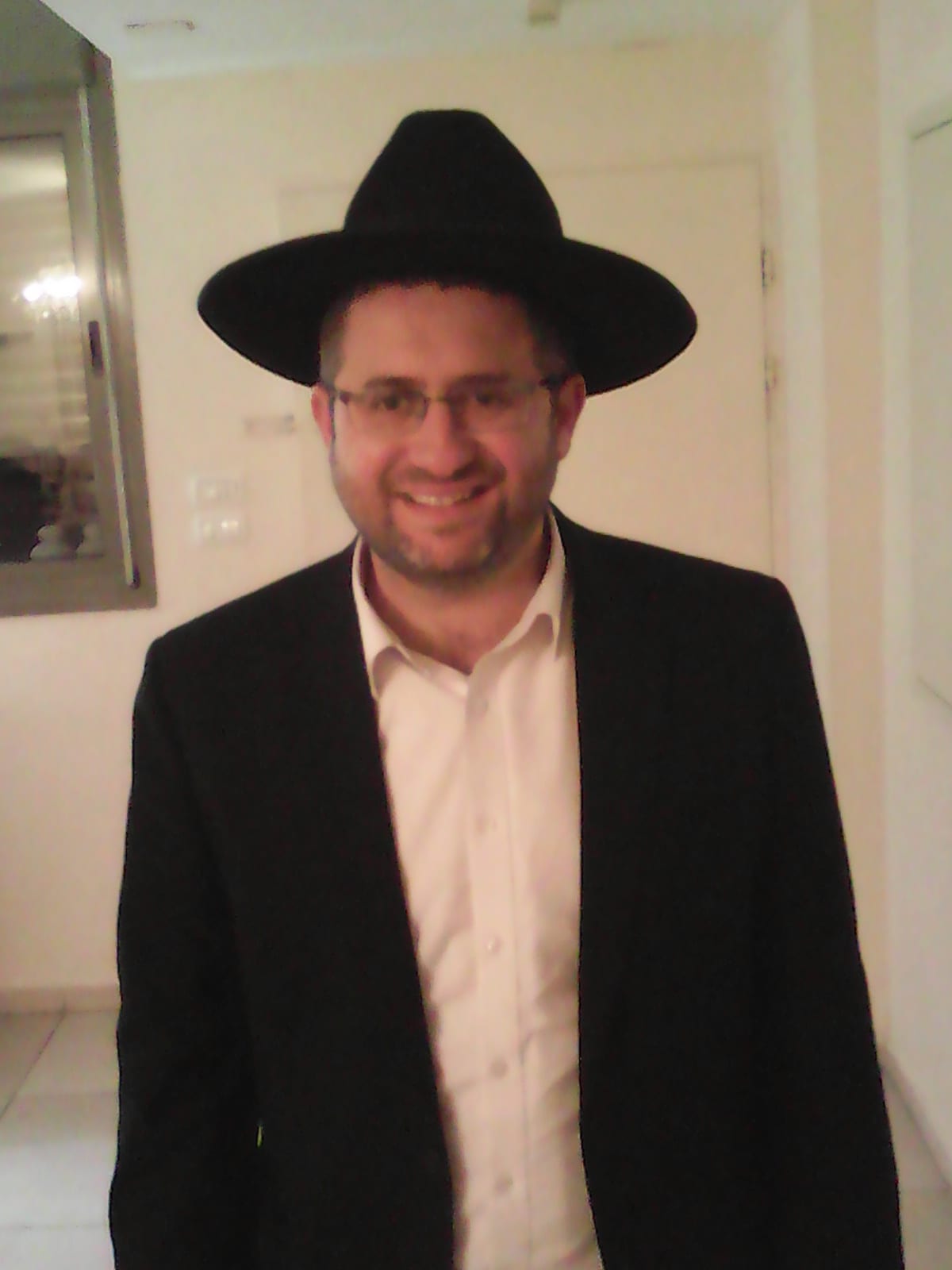
“And Moshe grew up and went out to his brothers and he saw their burden“ Shemot 2:11
The Midrash says that Moshe saw their suffering and he cried for them and went to help them. Hashem said: “You went to partake in the suffering of Am Yisrael, I will leave the upper and lower worlds and speak to you, as it says in the Pasuk that Hashem saw that Moshe empathized with their suffering so Hashem turned to Moshe in the burning bush”.
It is evident from here that the reason Moshe was chosen as the leader of Am Yisrael was because of his ability to share in Am Yisrael’s suffering. When the Torah states “And Moshe grew up and he went out to his brothers and he saw their burden” (Shemot 2:11). Rashi explains that Moshe placed his eyes and his heart to suffer together with them. The meaning of this, is says the Sabba from Kelm in his Sefer Chochma and Mussar, is that Moshe did not behave like the majority of people who share another person’s suffering for a short while and then return to normal life, rather he turned his eyes to constantly see their suffering like it was his own personal suffering. This characteristic of sharing another person’s suffering is one of the 48 ways that one acquires Torah.
Moshe killed the Egyptian who was hitting the Jew, as he could not bear to see another Jew suffer; forcing him to flee Egypt. If we contemplate how much Moshe gave up, we can begin to understand his greatness and entitlement to be the leader of Klal Yisrael. He was brought up in the royal kingdom like a son to Pharaoh and he gave up his whole life as a royal prince to help another Jew. This Mesirat Nefesh of Moshe Rabeinu is what led him to bringing Am Yisrael close to Hashem, starting with the exodus from Egypt and culminating in the giving of the Torah on Har Sinai.
